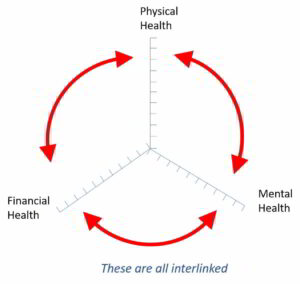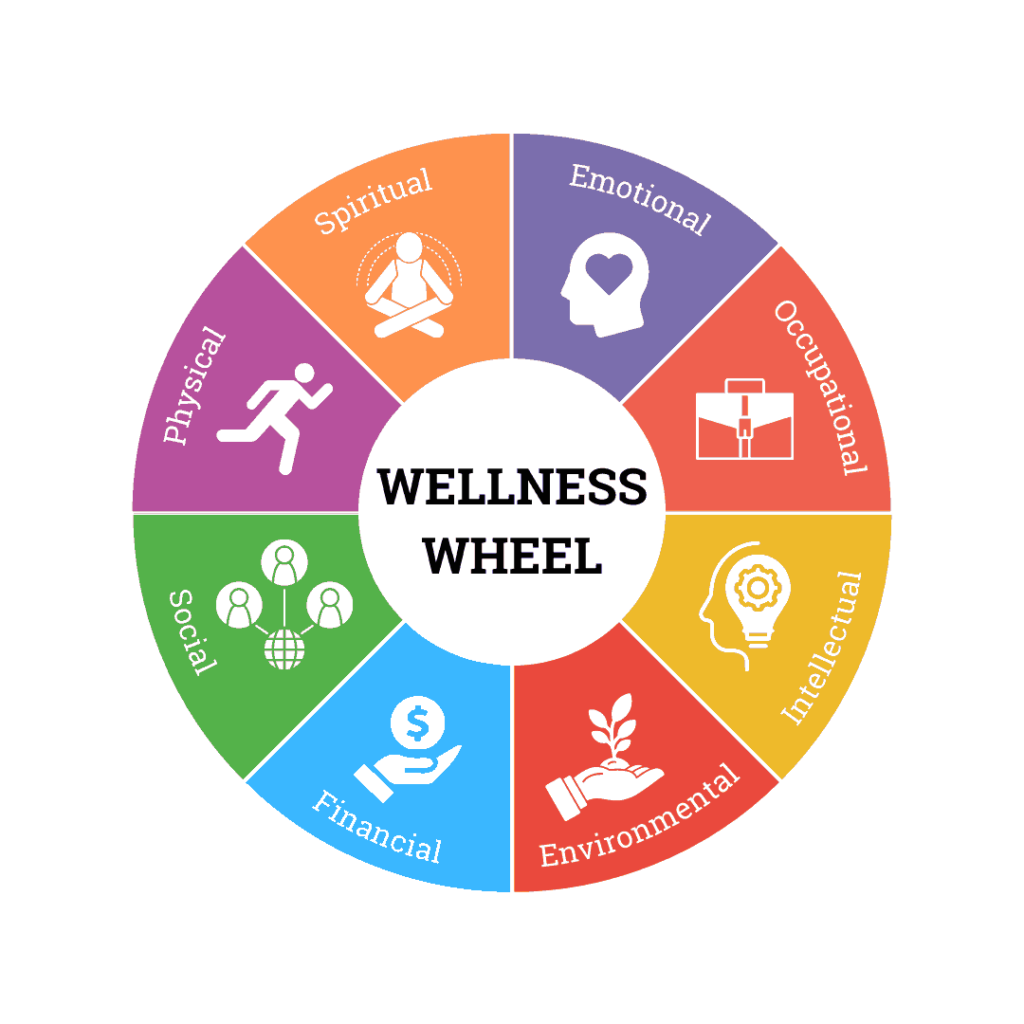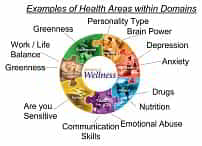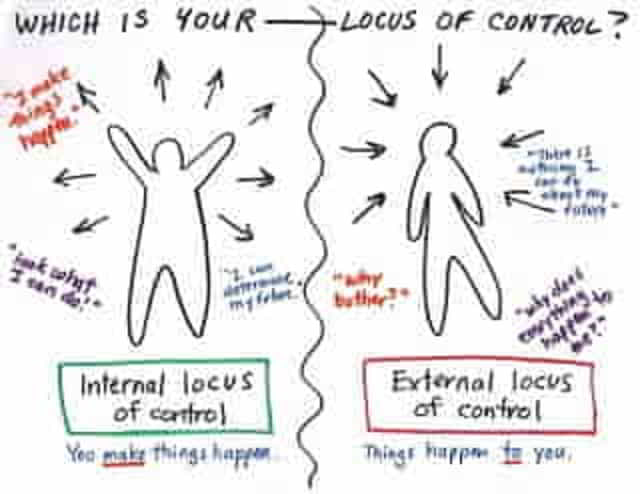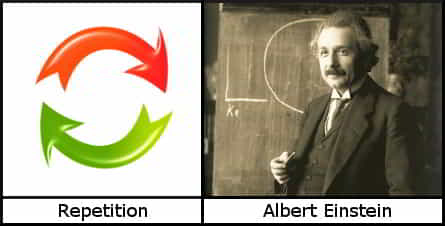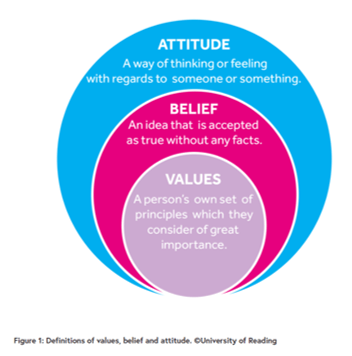Your Dashboard Tools
it's 20 Mar, 2025 8:08 pm
Manage anxiety exercises
field_5f0c304c72876 - is the title of the exercise
Exercise Summary
The key to reducing anxiety is to understand what causes the anxiety. Some people have such busy, hectic and often fire-fighting lives that it brings on anxiety. Others sometimes have such car crash lifestyles it’s no wonder they suffer with anxiety. So anxiety can be managed if we try to eliminate the causes of anxiety and then eliminate, control or reduce their impact on our body and mind.
Main Activity
Study, educate and create an action plan of activity
The following was written by Kimberly Holland and published by healthline:
What Triggers Anxiety? 11 Causes That May Surprise You
Anxiety triggers
1. Health issues
A health diagnosis that’s upsetting or difficult, such as cancer or a chronic illness, may trigger anxiety or make it worse. This type of trigger is very powerful because of the immediate and personal feelings it produces.
You can help reduce anxiety caused by health issues by being proactive and engaged with your doctor. Talking with a therapist may also be useful, as they can help you learn to manage your emotions around your diagnosis.
2. Medications
Certain prescription and over-the-counter (OTC) medications may trigger symptoms of anxiety. That’s because active ingredients in these medications may make you feel uneasy or unwell. Those feelings can set off a series of events in your mind and body that may lead to additional symptoms of anxiety.
Medicines that may trigger anxiety include:
– birth control pills
– cough and congestion medications
– weight loss medications
Talk with your doctor about how these drugs make you feel and look for an alternative that doesn’t trigger your anxiety or worsen your symptoms.
3. Caffeine
Many people rely on their morning cup of joe to wake up, but it might actually trigger or worsen anxiety. According to one study in 2010, people with panic disorder and social anxiety disorder are especially sensitive to the anxiety-inducing effects of caffeine.
4. Skipping meals
When you don’t eat, your blood sugar may drop. That can lead to jittery hands and a rumbling tummy. It can also trigger anxiety.
Eating balanced meals is important for many reasons. It provides you with energy and important nutrients. If you can’t make time for three meals a day, healthy snacks are a great way to prevent low blood sugar, feelings of nervousness or agitation, and anxiety. Remember, food can affect your mood.
5. Negative thinking
Your mind controls much of your body, and that’s certainly true with anxiety. When you’re upset or frustrated, the words you say to yourself can trigger greater feelings of anxiety.
If you tend to use a lot of negative words when thinking about yourself, learning to refocus your language and feelings when you start down this path is helpful. Working with a therapist can be incredibly helpful with this process.
6. Financial concerns
Worries about saving money or having debt can trigger anxiety. Unexpected bills or money fears are triggers, too.
Learning to manage these types of triggers may require seeking professional help, such as from a financial advisor. Feeling you have a companion and a guide in the process may ease your concern.
7. Parties or social events
If a room full of strangers doesn’t sound like fun, you’re not alone. Events that require you to make small talk or interact with people you don’t know can trigger feelings of anxiety, which may be diagnosed as social anxiety disorder.
To help ease your worries or unease, you can always bring along a companion when possible. But it’s also important to work with a professional to find coping mechanisms that make these events more manageable in the long term.
8. Conflict
Relationship problems, arguments, disagreements — these conflicts can all trigger or worsen anxiety. If conflict particularly triggers you, you may need to learn conflict resolution strategies. Also, talk with a therapist or other mental health expert to learn how to manage the feelings these conflicts cause.
9. Stress
Daily stressors like traffic jams or missing your train can cause anyone anxiety. But long-term or chronic stress can lead to long-term anxiety and worsening symptoms, as well as other health problems.
Stress can also lead to behaviors like skipping meals, drinking alcohol, or not getting enough sleep. These factors can trigger or worsen anxiety, too.
Treating and preventing stress often requires learning coping mechanisms. A therapist or counselor can help you learn to recognize your sources of stress and handle them when they become overwhelming or problematic.
10. Public events or performances
Public speaking, talking in front of your boss, performing in a competition, or even just reading aloud is a common trigger of anxiety. If your job or hobbies require this, your doctor or therapist can work with you to learn ways to be more comfortable in these settings.
Also, positive reinforcements from friends and colleagues can help you feel more comfortable and confident.
11. Personal triggers
These triggers may be difficult to identify, but a mental health specialist is trained to help you identify them. These may begin with a smell, a place, or even a song. Personal triggers remind you, either consciously or unconsciously, of a bad memory or traumatic event in your life. Individuals with post-traumatic stress disorder (PTSD) frequently experience anxiety triggers from environmental triggers.
Identifying personal triggers may take time, but it’s important so you can learn to overcome them.
The most common symptoms of anxiety include:
uncontrollable worry, fear, muscle tension, a fast heartbeat, difficulty sleeping or insomnia, difficulty concentrating, physical discomfort, tingling, restlessness, feeling on edge, irritability, sweating, trembling, shaking, feeling as if your throat is closing.
Video
Title
Summary
Play
Now you have to decide if you want this exercise to be part of your action plan.
If you don’t, then either hit the back arrow or click the button to go back to look at another exercise.
If you do, then carry on down the page and follow the instructions.
If you want to include this exercise in your action plan, select Yes from on the right then click the green button saying ‘Include this exercise’.
Sadly you’ll go back to the top of this page – please scroll down and fill in the bits that appear before here.
Add a comment
You can leave a comment below – we’ll get back to you.
